5315013608767
Price Quote Get an up to date pricing and availability quote for this product. Order online or over the phone.
Quality Commitment
Serving our customers with quality and safety first.
- AS9120 Certified
- Audited supply chain
- ITAR Registered
- DDTC Registered
- HAZMAT Certified
- Customer service objectives
- Every product 100% inspected

5315-01-360-8767 Specification Set by the OEM (see RNCC code 3)
0.950in.
0.4970in. and 0.4995in.
1.348in.
2
push button
4.200in. and 4.220in.
push
40.0 rockwell c SHANK54.0 rockwell c detent and 64.0 rockwell c detent
1.580in.
hook or ring
0.530in.
steel comp 630 shank or steel comp 632 shanksteel comp 630 spindle or steel comp 632 spindle
ams 5643 assn std 1st material response shank or ams 5520 fed std all material responses shank or ams 5657 assn std 2nd material response shankams 5643 assn std 1st material response spindle or ams 5520 assn std 2nd material response spindle or ams 5657 assn std 2nd material response spindle
passivate shankpassivate spindle
ring handle
80205-NAS1338 professional/industrial association standard
Cross Reference Parts Part numbers that meet the specification outlined on this page and set by the OEM
Identification Item Identification Guide (IIG) and Item Name Code (INC)
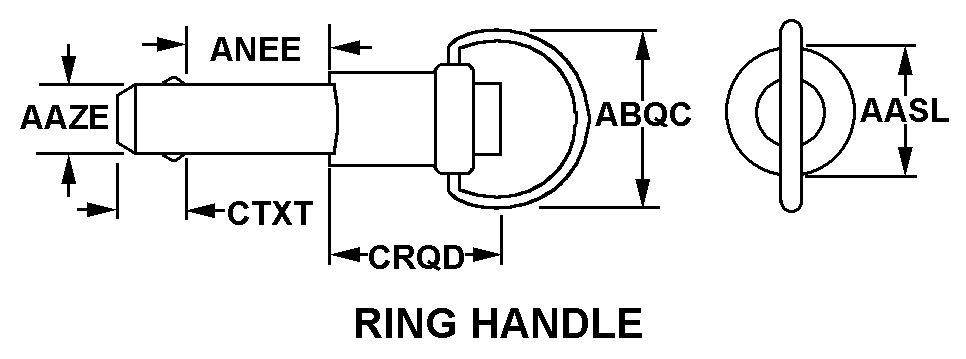
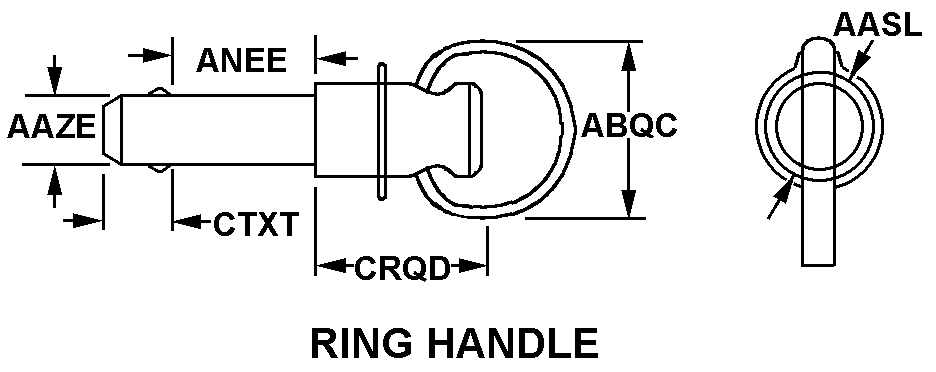
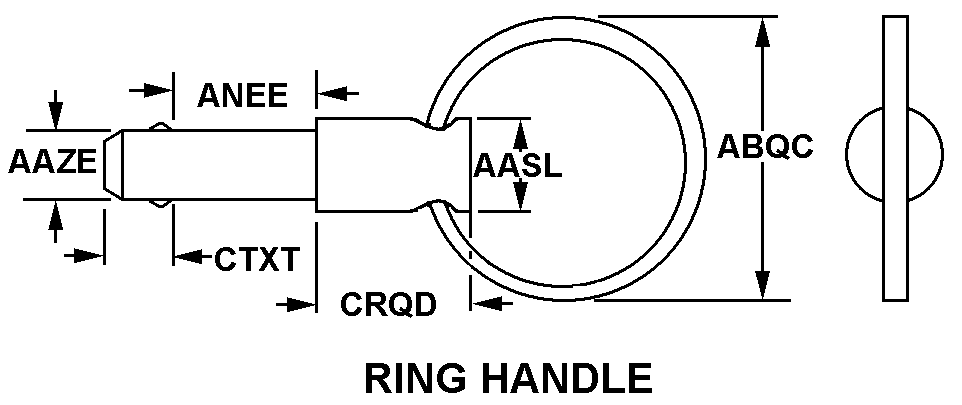
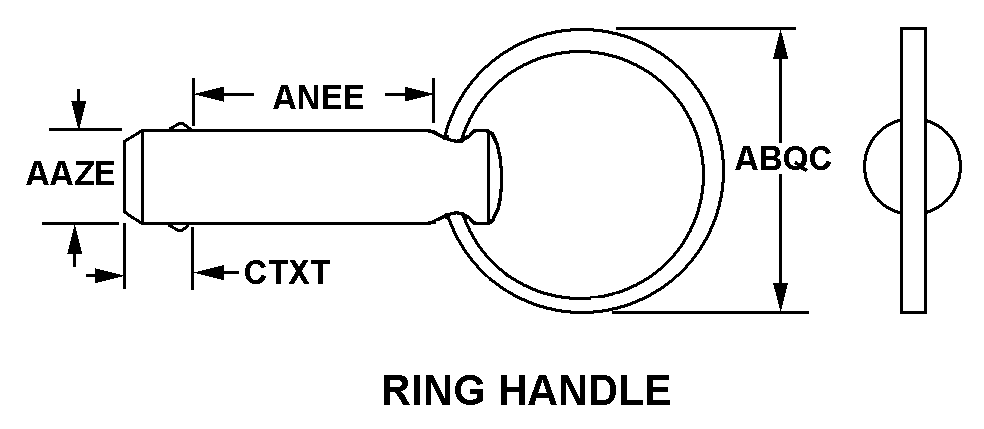

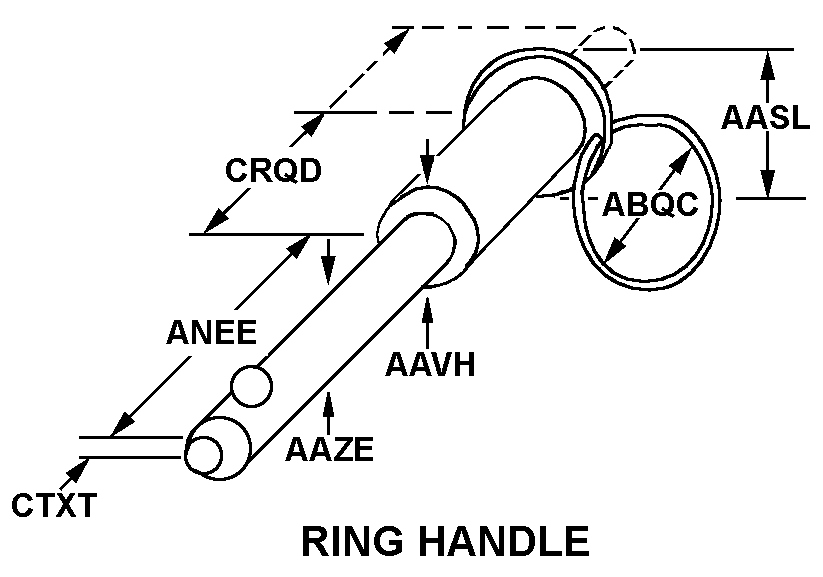
Definition Definition of approved item name (AIN): "PIN,QUICK RELEASE"
A headed fastening device having a solid cylindrical or tubular body with retaining ball or pinlike detent(s). The detent(s) is/are positioned and actuated by means of a spring, elastomer or plunger. Plunger may be operated by thumb, cam or other means. May be furnished with a pull ring, pull and/or lock ring, attaching ring or hook.
5315-01-360-8767 Material Hazmat, Precious Metals, Criticality, Enviroment, and ESD
Indicates there is no data in the hmirs and the nsn is in a fsc not generally suspected of containing hazardous materials.
Precious metal content is unknown
The item does not have a nuclear hardened feature or any other critical feature such as tolerance, fit restriction or application.
Identification Codes
HMIC: Hazardous Material Indicator Code. A one position code that identifies a hazardous item.
PMIC: Precious Metal Indicator Code. A one position code which identifies items that have precious metals as part of their content. precious metals are those metals generally considered to be uncommon, highly valuable, and relatively superior in certain properties such as resistance to corrosion and electrical conductivity.
ESD: Electrostatic Discharge. Indicates if an item is susceptible to electrostatic discharge or electromagnetic interference damage. electrostatic discharge damage occurs when an accumulation of static electricity generated by the relative motion or separation of materials is released to another item by direct contact. electromagnetic interference damage occurs when an item comes into proximity with an electrostatic or magnetic field.
ENAC: Enviromental Attribute Code. Identifies items with environmentally preferred characteristics.
CRITL: Criticality Indicator Code. Indicates an item is technically critical by tolerance, fit, application, nuclear hardness properties, or other characteristics.






